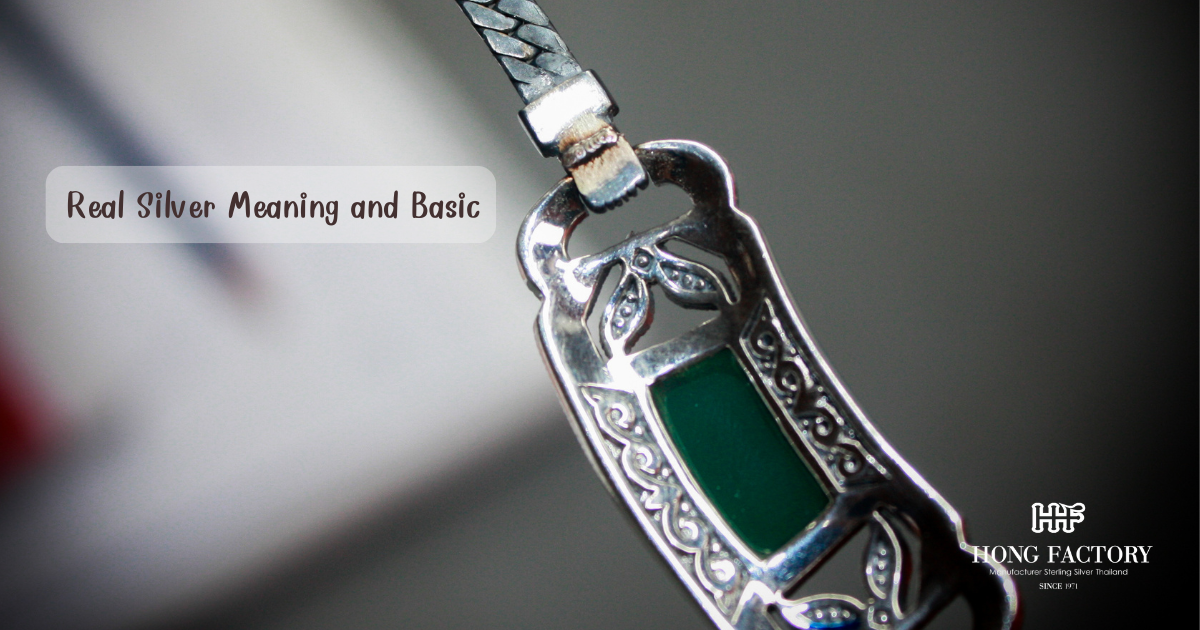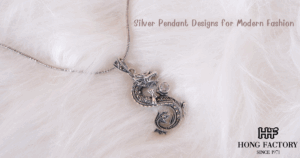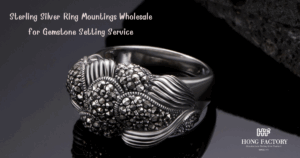Silver has always been a precious and timeless material admired by people worldwide. From ancient civilizations to modern fashion trends, silver holds an enduring appeal due to its beauty, versatility, and symbolism.
When people hear the term real silver, they often wonder what it truly means and how it differs from other types of silver or silver-colored metals. Understanding the meaning and basics of real silver can help you make better choices when purchasing jewelry, ornaments, or collectibles. 925
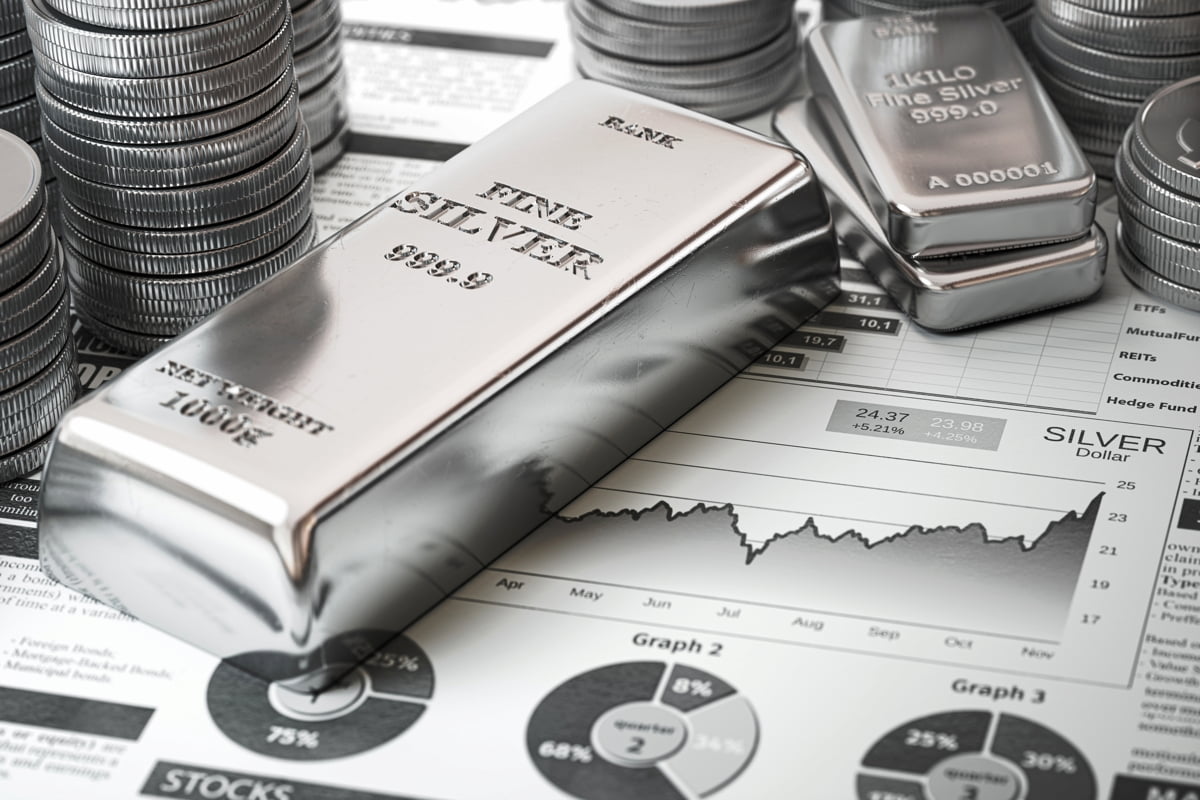
What Does Real Silver Mean?
The term real silver refers to genuine silver metal, primarily composed of the element silver (Ag). It distinguishes authentic silver items from silver-plated, alloy-based, or imitation materials. Real silver is valued not only for its natural beauty but also for its intrinsic worth as a precious metal.
Pure silver, however, is very soft and not suitable for making durable jewelry or utensils. That is why real silver used in the market is usually mixed with other metals, such as copper, to create a stronger alloy while still retaining the silver’s shine and elegance. This balance between purity and practicality is what makes real silver desirable.
Types of Real Silver
To fully understand the concept of real silver, it is essential to know the common forms available:
- Fine Silver (99.9% Pure): Often marked as “.999,” this silver is almost pure but very soft. It is not commonly used in daily wear jewelry because it bends and scratches easily.
- Sterling Silver (92.5% Pure): The most popular type of real silver for jewelry, sterling silver is marked as “.925.” It consists of 92.5% silver and 7.5% copper, making it durable while keeping its bright luster.
- Coin Silver: Historically used in coins, this silver alloy usually contains around 90% silver.
- Argentium Silver: A modern variety of sterling silver, Argentium contains germanium, making it more resistant to tarnish and easier to maintain.
These variations demonstrate how real silver can be adapted to different needs while remaining authentic.
Real Silver Identification Basics
Knowing whether an item is made of real silver is essential for both buyers and collectors. Some ways to identify real silver include:
- Hallmarks or Stamps: Genuine silver items are often stamped with purity marks like “.925” or “Sterling.”
- Magnet Test: Real silver is not magnetic, so it should not be attracted to magnets.
- Tarnish Reaction: Real silver tends to tarnish when exposed to air and sulfur, whereas fake silver may not show the same chemical reaction.
- Professional Testing: Jewelers may perform acid tests, X-ray fluorescence, or electronic analysis to verify authenticity.
Understanding these basics ensures that you invest in authentic pieces rather than imitations.
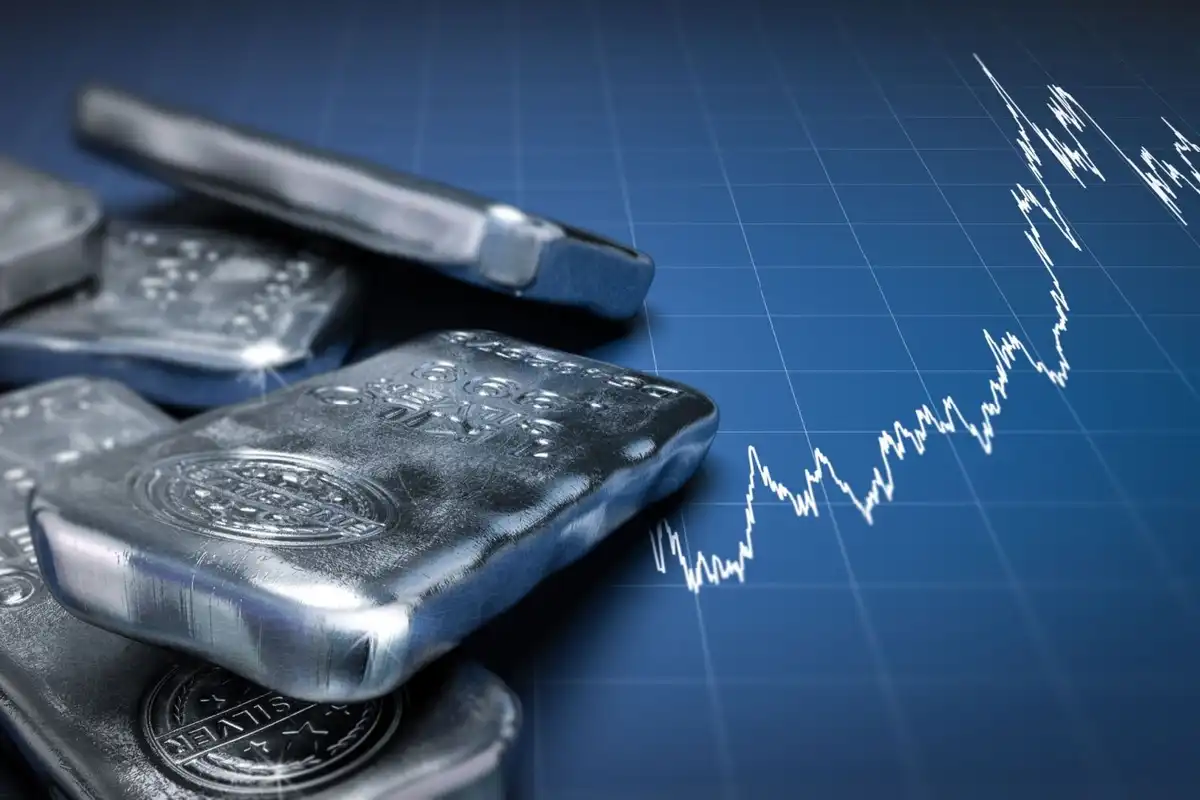
Why Real Silver is Valuable
The value of real silver comes from both its physical and cultural significance. Key factors include:
- Aesthetic Appeal: Its bright, white shine makes it a favorite choice for jewelry and decorative items.
- Durability with Care: Real silver can last for generations if properly maintained.
- Cultural Symbolism: Silver has historically been associated with purity, clarity, and wealth.
- Investment Value: Like gold, silver is traded as a precious metal, making real silver an asset beyond fashion.
The blend of beauty, history, and financial worth ensures that real silver remains a timeless material.
Real Silver vs. Plated Silver
It is important to note the difference between real silver and silver-plated items. Silver plating involves applying a thin layer of silver over another metal, such as nickel or brass. While silver-plated objects can look like real silver, they do not hold the same value, durability, or prestige. Over time, the silver layer may wear off, exposing the base metal underneath.
Real silver, on the other hand, retains its authenticity throughout, offering better longevity and resale value.
Caring for Real Silver
Maintaining real silver requires regular care to keep it shining. Tips include:
- Storage: Keep silver in anti-tarnish pouches or airtight containers.
- Cleaning: Use a soft polishing cloth or mild cleaning solutions to remove tarnish.
- Avoid Chemicals: Remove silver jewelry before swimming, showering, or applying perfumes and lotions.
- Frequent Use: Interestingly, wearing silver jewelry often helps prevent tarnish, as the friction slows down the darkening process.
Proper care ensures that real silver pieces remain beautiful and valuable for years.
Real silver carries meaning far beyond being just a metal. It represents authenticity, tradition, and elegance, while also serving as a practical choice for jewelry and investment. By understanding the basics what real silver is, how to identify it, and how to care for it you can appreciate its true value. Whether worn daily, passed down as heirlooms, or collected as a financial asset, real silver continues to shine as a precious and meaningful material.
